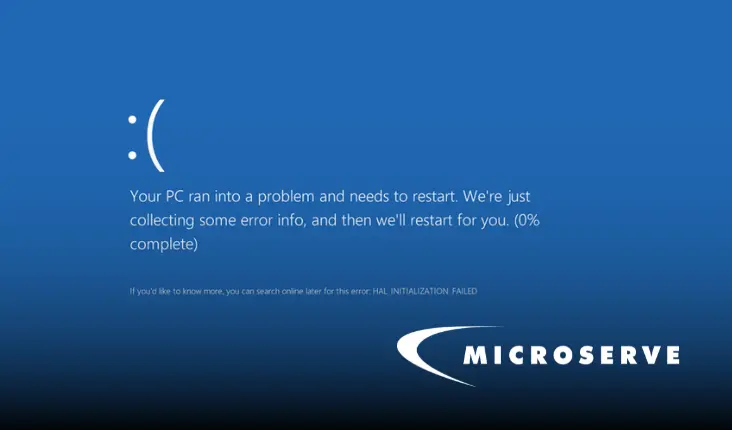Integrating NetOps (networking operations) and SecOps (security operations) is important to the operational success of an organization. This means maintaining a high level of IT security without compromising the network speed, visibility, user experience, or any essential applications. To do this, many organizations are turning to network and IT security convergence to simplify their environment and its impact on the network.
For an environment that requires full-stack IT security, it’s not uncommon for these organizations to be exposed to multiple vendors. In fact, a study that surveyed over 600 IT decision-makers found that although an average of 89 vendors were accessing these companies each week, only 33% knew the exact number of vendors who had access to their system. Modern-day networks are burdened by vendors and tools, which not only poses a IT security risk, but also can slow down the network.
NetOps and SecOps are departments that traditionally clash but need to work together now more than ever. NetOps focus on the network considerations and the impact on efficiency, while SecOps focus on the IT security considerations and want to limit data breach potential. Both departments want the company to be successful and profitable.
Many organizations today are operating with a hybrid working model – some employees work from the office while some work from home. Therefore, the need for IT security has never been greater because of the number of employees working off the corporate network. Risk Based IT Security reported 2020 to be “the worst year of all time” for exposed data records, totalling 36 billion exposed records at the end of Q3.
At the same time, the need has never been greater for high-performing networks that support this hybrid model. Despite the mass introduction of remote work in 2020, telephone calling was up by 230% and CRM usage was up by 176%. This indicates that employees heavily rely on the network and applications to support their productivity. This is not an issue that can be ignored.
What is the IT security solution?
A vendor convergence strategy guides organizations to reduce the number of IT vendors for a streamlined IT security approach with faster network capability. The purpose of a vendor convergence strategy is to reduce the overhead associated with running the business operations, such as the management and deployment of endpoints. Approximately 50% of large organizations today are actively pursuing vendor consolidation. By 2025, that number will jump up to 75%.
While re-strategizing which vendors have access to their environments, many businesses also take this opportunity to automate some standard procedures.
What are the considerations of IT security convergence?
One of the main considerations of convergence is the speed of the IT security tools on the network. John Maddison, Chief Marketing Officer and EVP Products of Fortinet said it best: “While the primary job of the network is to move data as efficiently as possible between point A and point B, IT security has to perform a complex set of inspections that are many degrees more complex, and much more processor intensive.”
Additionally, as the network grows more dynamic, it is a constant operation to ensure that business-critical applications are working as intended. As IT security tools are deployed or modified, NetOps must become involved to ensure that these applications continue to work as intended.
And, of course, businesses must also consider the actual convergence. A plan and strategy is required for convergence. To do so, the first step is to determine which applications are business-critical and evaluate any feature overlap across the existing environment. Remember that the goal is to eliminate as many unnecessary applications as possible. Certain large vendors, for example – Microsoft – offer a full suite of IT security and network solutions that cover endpoint protection, antivirus, asset management, and more. This way, it’s possible to have one vendor that addresses many business issues, which should decrease overhead and complexity of your environment.
What’s next?
The next step is to start planning your vendor consolidation strategy! Ensure that you have a well-thought-out, well-timed strategy. Many businesses opt to work with an IT Managed Services company on their vendor consolidation strategy simply because of the manpower needed for this project. Depending on the number of vendors that need consolidation and the size of the project, consolidating your vendors could span over many months or years.
The IT security consultants at Microserve have expertise in evaluating an organization’s existing environment, understanding a business’s needs, and executing vendor consolidation strategies. Working with a IT security consultant can help you identify areas of improvement that you may not have seen before. Microserve, apart from other IT Managed Service providers, employs both network and IT security consultants to help you create a well-rounded solution. With over 30 years in the business, you can rely on Microserve’s proven track record for your vendor consolidation.





